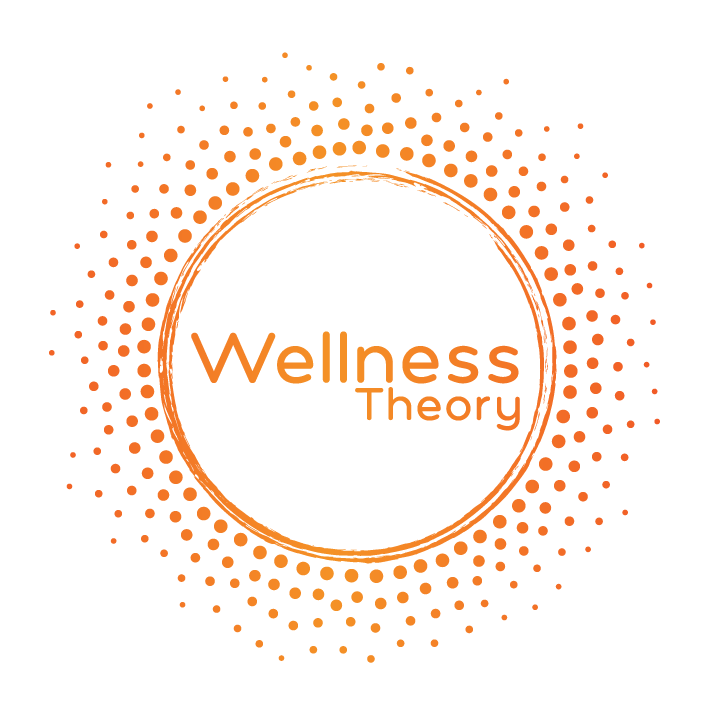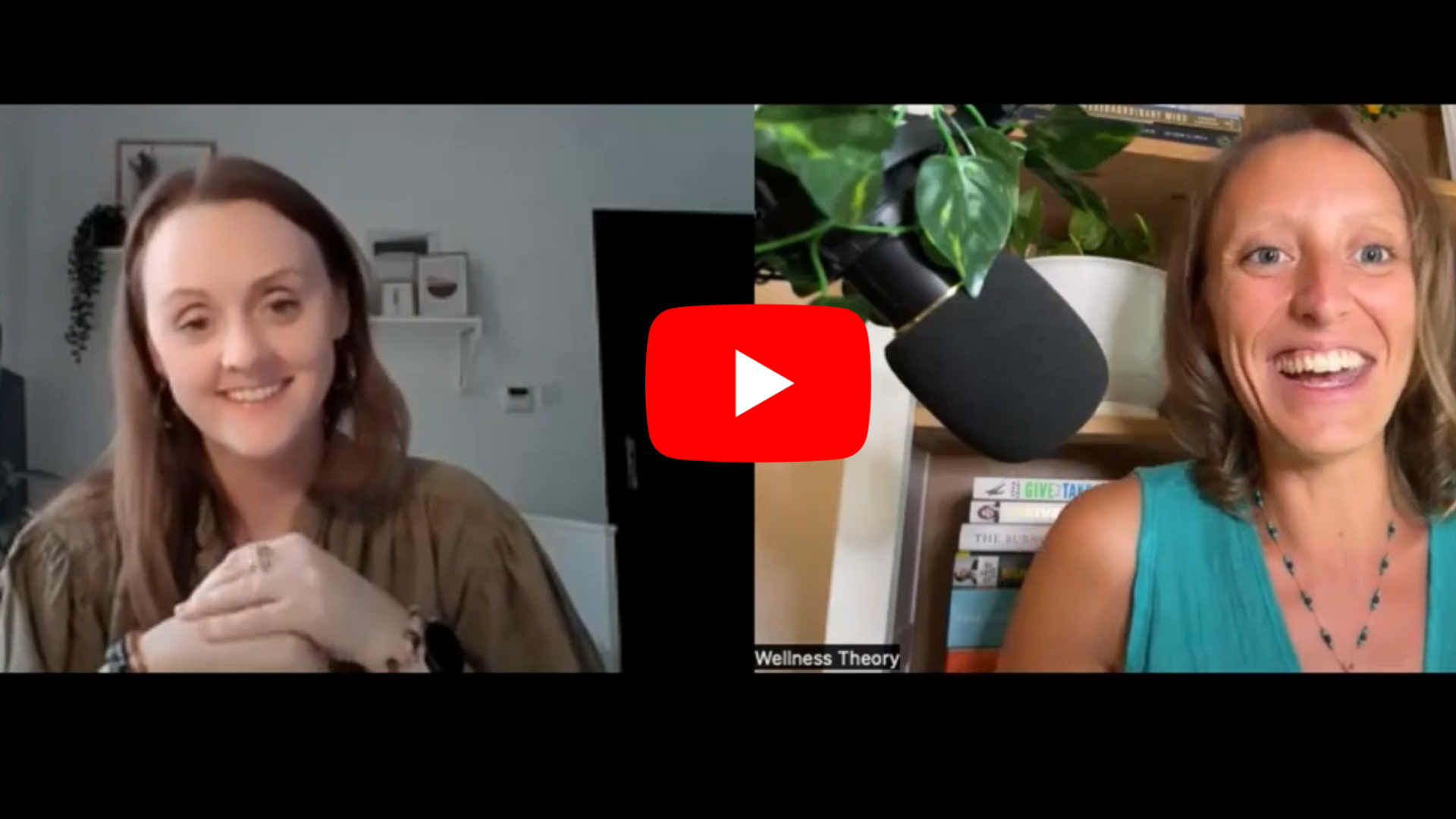Financial Wellness

Do your finances affect your wellbeing? This article talks about how important financial wellness is. I recently interviewed Carol Glynn, a distinguished Financial wellness coach, and mentor who empowers clients to optimize and take charge of their financial well-being through a blend of practical financial literacy education and mindset coaching.
In this article you’ll find out:
○ Importance of Finances in Wellbeing
○ Busting Financial Myths
○ The Emotional Side of Finances
○ Navigating Workplace Dynamics
○ Understanding your Money Flow
○ Building a Safe Space for Financial Conversations
○ Building a Conscious Cash Flow Plan
○ Practical Steps to Overcoming Debt
○ Final Thoughts
CTA: Continue reading or Watch the full interview here.
Importance of Finances in Wellbeing
“Financial wellness, to me, is when all aspects of your financial life align with and support your values, leading to a fulfilling life” - Carol Glynn
Money is an energy we need for daily living, and when we control it instead of letting it control us, it becomes a tool for achieving our life goals. This mindset shift reduces stress, empowers individuals, and contributes to a sense of well-being.
Busting Financial Myths
Let's delve into some of the biggest myths about finances.

Myth #1- The misconception that being good at math is a prerequisite for managing money.
Not true. While helpful, it's more about emotions than calculations.

Myth #2- The belief that others are inherently better at handling money.
Society conditions us to think we're not capable, fostering a sense of inadequacy.

Myth #3- The idea that finance is too complicated is widespread, fueled by an industry that sometimes thrives on complexity.
In reality, basic money management is straightforward and beneficial.
The complexity myth often leads to procrastination, a common theme among my clients. The multitude of opinions and options creates confusion, making people bury their heads in the sand. By discerning what aligns with their values and goals, individuals can overcome this procrastination trap and take charge of their financial well-being.
The Emotional Side of Finances
Carol touched on the emotional aspects of finances, particularly the desire for more without a clear understanding of why. This mindset often leads to stress, as people believe they'll be happier or more secure with more money. However, the key lies in being conscious of how we use our money presently and aligning it with our values.
Another common misconception is that the pursuit of more money equates to happiness and fulfillment. Carol urges us to recognize the emotional drivers behind the desire for financial growth, focusing attention on the need to shift from a scarcity mindset to a conscious and purpose-driven approach.
Financial wellness is achieved when all aspects of one's financial life align with their values, enabling a fulfilling life. Its important to view money as a tool that, when controlled consciously, contributes to overall well-being. This perspective allows individuals to break free from the cycle of constantly striving for more and find contentment in their current financial situations.
Navigating Workplace Dynamics
Paying employees well is not enough, Carol stresses the need for employers to provide support and education on managing finances effectively. Finances have a pervasive nature of stress, affecting absenteeism, workplace performance, and even personal relationships.
For leaders still skeptical about the necessity of financial well-being programs, Carol underscored their crucial role in nurturing a healthier work environment. She urged employers to recognize the tangible benefits of financially empowered employees, who, when equipped with the right skills, become more loyal, creative, and productive. By acknowledging and addressing the silent stressor that is financial well-being, organizations can create a culture of support and understanding.

Understanding your Money Flow
Carol suggests looking at your financial situation from two angles.
1. First, assess your cost of living by scrutinizing your monthly expenditures.
This involves a deep dive into credit card statements or any means through which you spend money. While this process might be uncomfortable, it is a necessary step to identify where your money is going and whether there are any leakages. She addresses a common scenario where individuals, despite earning a good salary and maintaining a seemingly sensible lifestyle, find that their money mysteriously vanishes. The remedy, she argues, lies in facing the fear and vulnerability associated with scrutinizing one's financial records.

2. Second, make a plan and come at it with that sense of values and then watch your mindset.
Get clarity. Get clear on exactly what's happening with your money right now, where you stand, whether it's with debt or how much money you have and what you're doing with it. And then make a plan, make a conscious plan in line with your values so that you are taking control of your money and deciding what's happening. And then really look at your mindset when you're doing that exercise. It's a great way to understand your money mindset.
Building a Safe Space for Financial Conversations
Drawing from research conducted by a US bank, Carol raised an interesting point; the stark contrast in how men and women are addressed in money-related media. The societal conditioning that associates a man's worth with financial success contributes to high stress, chronic pain, and suicide rates among men. At the same time, societal conditioning associates that women only know how to spend and not much else, thus affecting confidence-related issues.
Carol underlines the importance of creating a safe space for discussing financial matters, especially in workplaces. Fostering an environmentwhere both men and women can openly talk about their financial stresses, without necessarily disclosing specific details, can lead to better understanding and collaboration among colleagues.

Building a Conscious Cash Flow Plan
To regain control and clarity over finances, try this practical tool—the 50/20/30 rule. This rule serves as a benchmark for categorizing your income into needs, wants, and savings. According to the rule:
1. Up to 50% on Needs- This includes essential expenses like housing, food, and utilities.
2. Up to 30% on Wants- This encompasses the enjoyable aspects of life, such as dining out, travel, or fitness classes.
3. At least 20% on Savings-giving a purpose to your savings, aligning them with future goals that hold personal significance.
By applying this rule to a cash flow plan, individuals gain a tangible, proactive approach to their finances. "You are telling [money] what to do. It's not controlling you," She highlights. The cash flow plan is not just a budget; it's a conscious decision-making tool that reframes the traditional notion of financial restrictions.
Reframing our mindset about spending is powerful. By turning a budget into a "cash flow plan" and saving into investments for our future selves, we remove the guilt associated with spending. This reframing creates a sense of control, authenticity, and meaning in one's financial decisions.
Reframing our mindset about spending is powerful. By turning a budget into a "cash flow plan" and saving into investments for our future selves, we remove the guilt associated with spending. This reframing creates a sense of control, authenticity, and meaning in one's financial decisions.

Practical Steps to Overcoming Debt
Debt is an increasing problem in the region and needs to be addressed sooner rather than later. Here’s 3 steps to use as a good starting point to overcoming debt:
Step #1 - Understanding the true cost of credit card debt and analyse your current reality.
Step #2- Map out a clear plan that includes reducing expenses and increasing income.
Step #3- Make it a priority to strategically repay debts.

Final Thoughts
Gaining clarity about your financial situation, understanding the emotional aspect of money, and promoting open conversations are essential steps toward transforming your relationship with money. Financial clarity is not just about budgeting; it's about creating a sense of calm and freedom that permeates every aspect of your life.
The 50/20/30 rule and the concept of a conscious cash flow plan provide actionable steps for individuals to take charge of their financial well-being. By reframing our mindset and aligning spending with personal values, we pave the way for a more authentic, fulfilling life.
With insights that transcend geographical boundaries and income levels, Carol's wisdom serves as a beacon, guiding individuals toward financial empowerment and a more conscious, aligned life. Perhaps it's time to invest in financial wellness?
Access the full interview for free:
Find out more about Carol Glynn here. Carol Glynn
As always, I’d love to hear your thoughts so we can learn and grow together,
Reach out on Linked In any time, Charlotte Stebbing-Mills
P.S.
Find out how to get the most out of your employee wellbeing programmes by Taking the Optimising Workplace Wellbeing Scorecard.
This Scorecard has been developed to show organisations how to optimise wellness initiatives in this ever-changing landscape and provide instant, actionable steps on how to use strategic wellness programmes to:
• Enhance Performance
• Build Sustainable Profit
• Improve Employee Wellbeing at Every Level
• Create Meaningful Engagement
It's quick, free and you'll receive customised results instantly revealing how to optimise your well-being programs.
Much love and wellness,
Charlotte and Jonathan
AUTHOR
Charlotte Stebbing-Mills
Award Winning Stress Relief & Wellbeing Specialist
Co-Founder of The Wellness Theory
With 19+ years experience and her corporate success within the health, fitness and wellness industry, she has worked with hundreds of purpose-led individuals and organizations to move from surviving to thriving.
After burning out, she knows first-hand how it feels to feel like something is missing in life, to the point of hitting rock bottom and struggling to get back up again. Mastering the art of healing and high-performance simultaneously is no small feat.
Charlotte can relate to how overwhelming it can be, but she'll also be the first to tell you that there is a way forward. Her own journey is proof that you can bounce back and create the life you always wanted, for yourself and those you love.

© COPYRIGHT OF THE WELLNESS THEORY 2021
